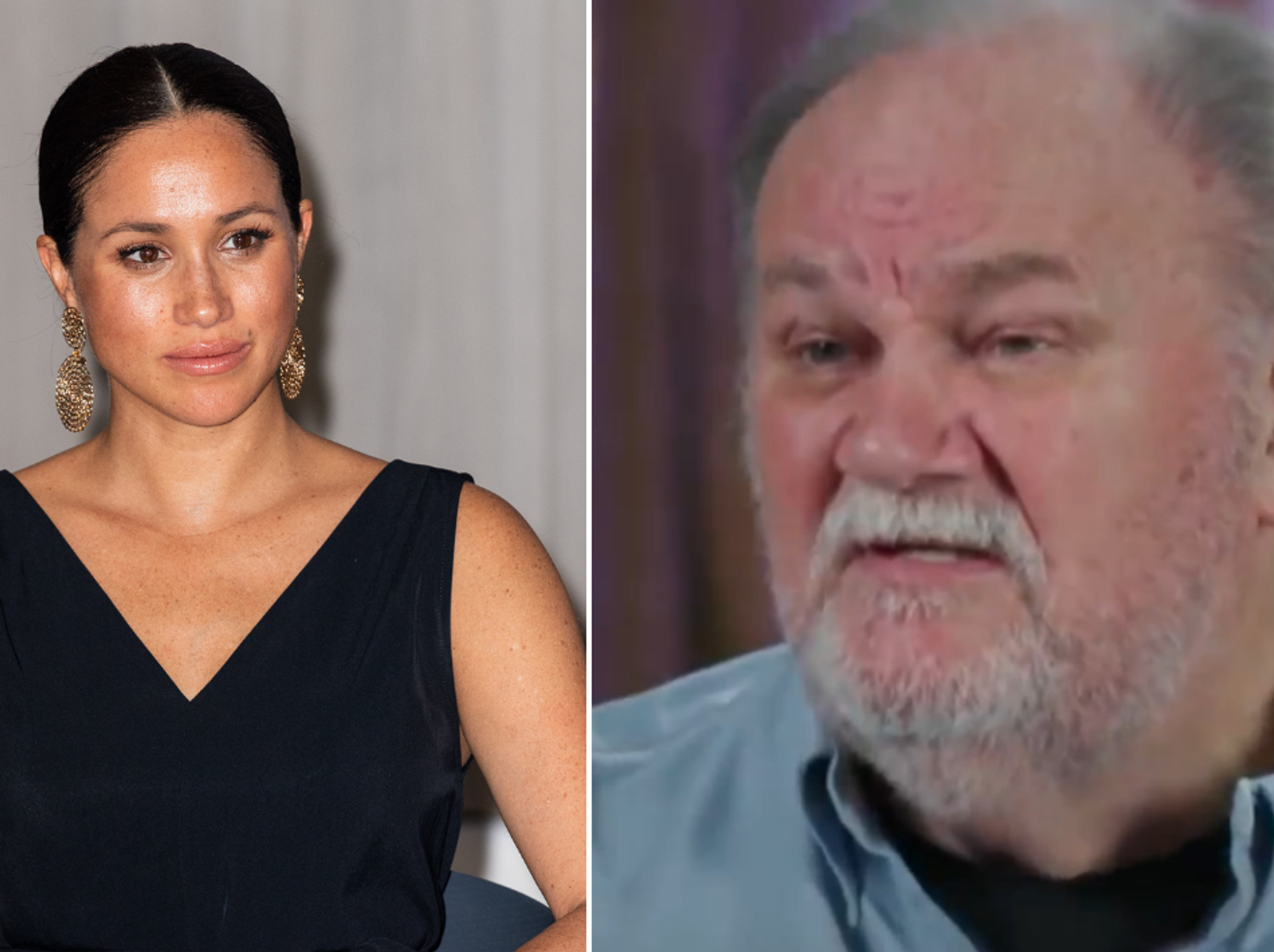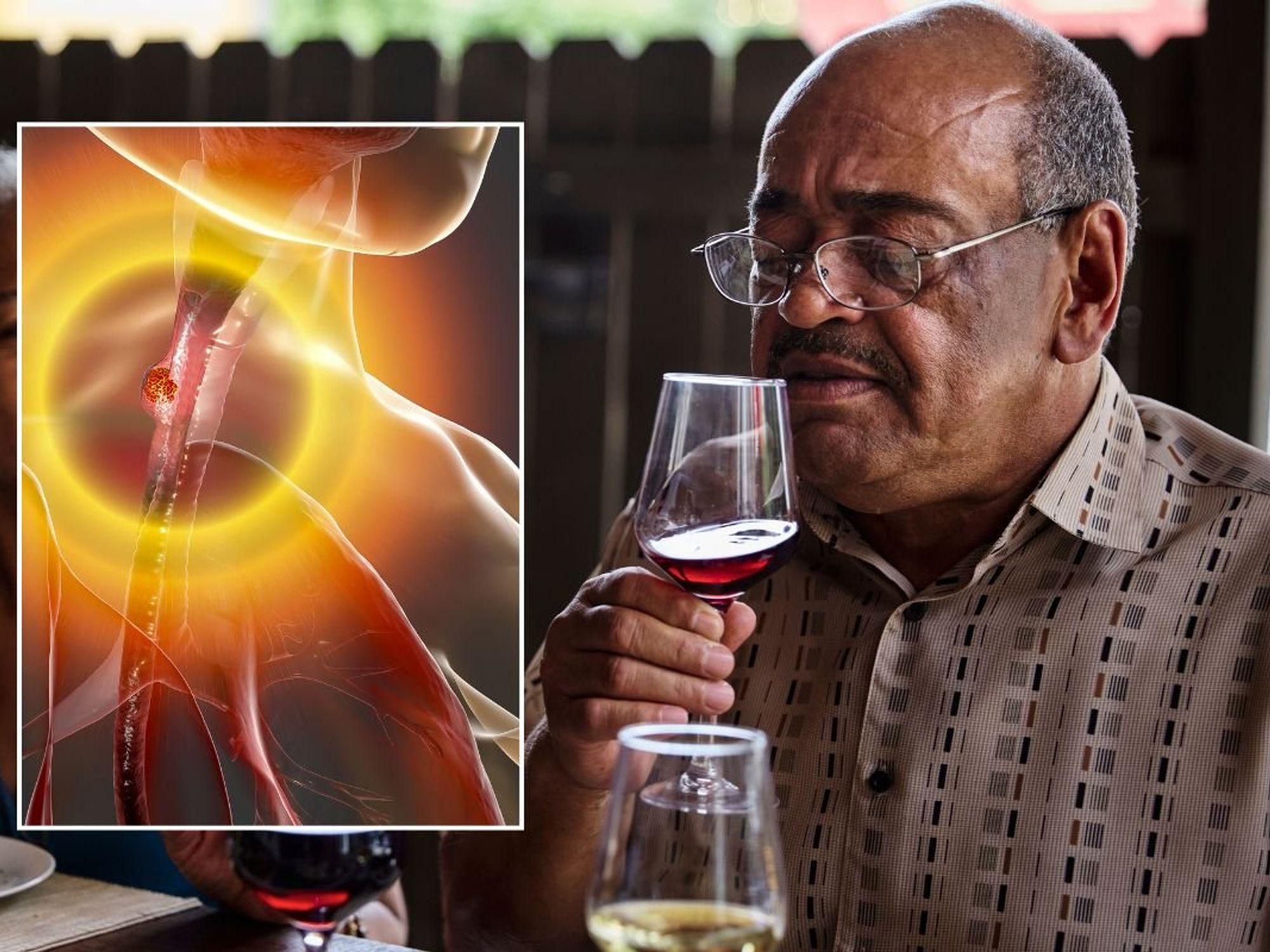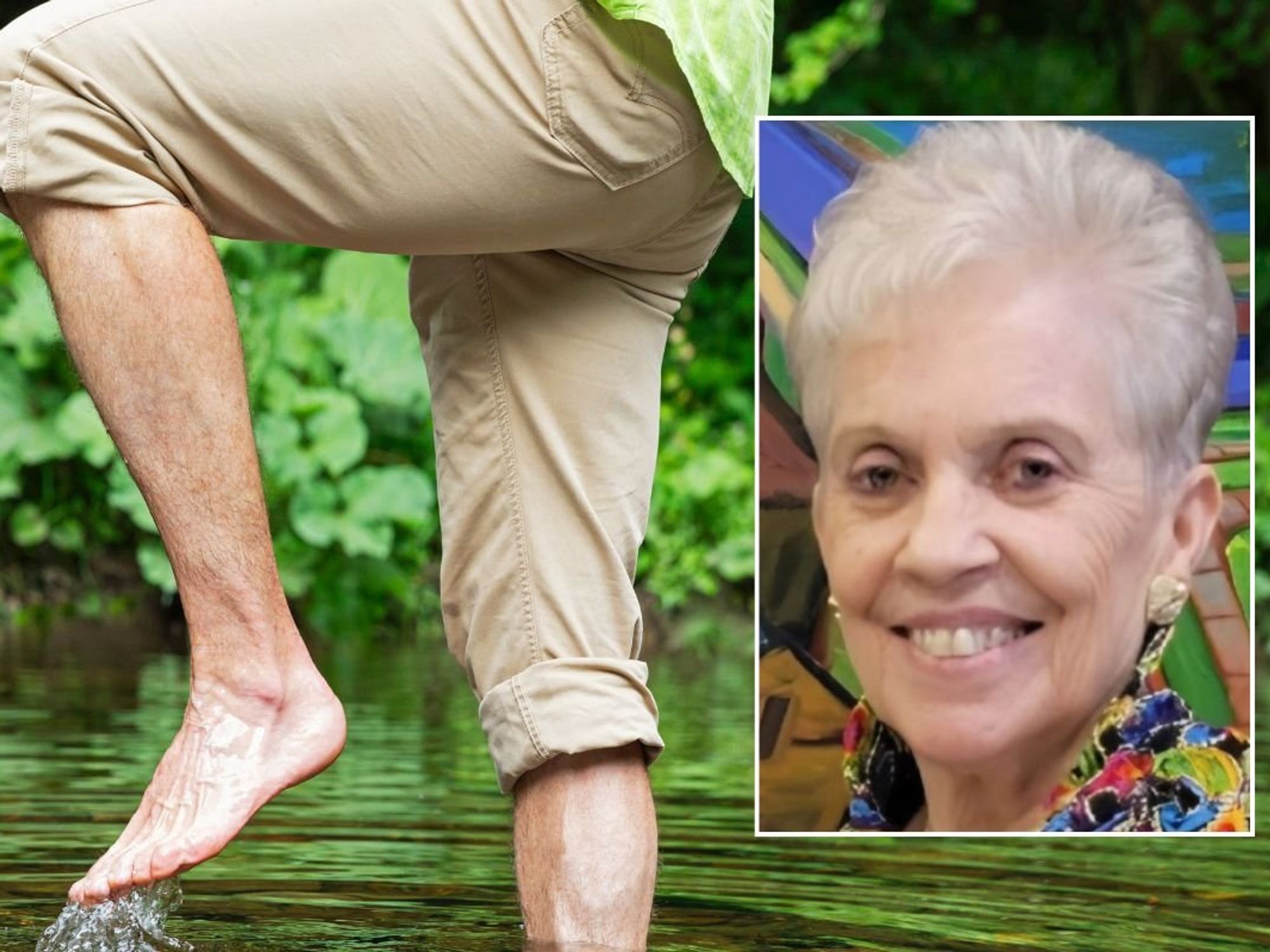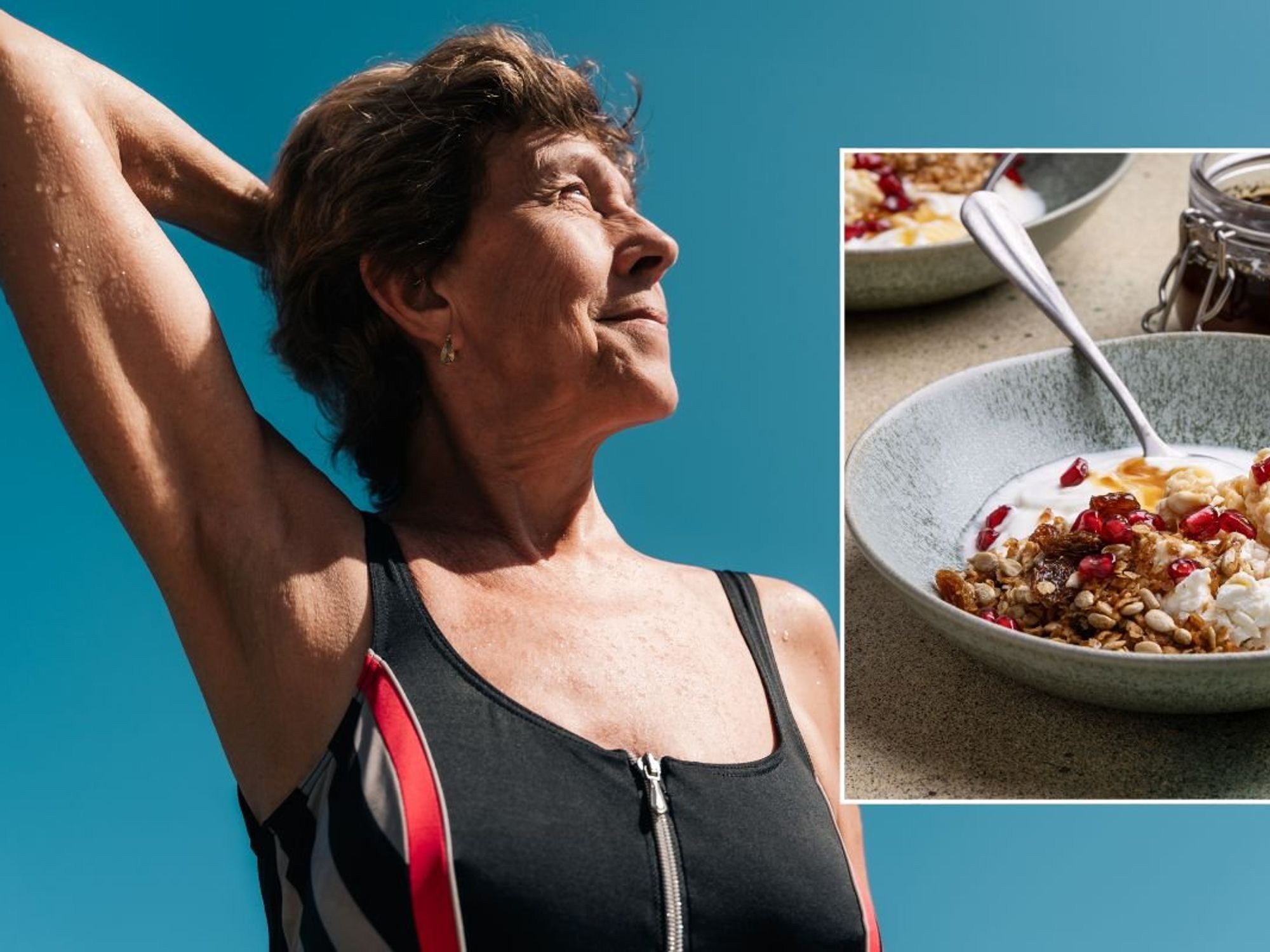Inheritance tax: 'Rarely used downsizing loophole' can help slash death levy

Britons are being reminded about using “downsizing relief” to cut inheritance tax (IHT) liability against their home
|Pexels

The little-used loophole could reduce liability against homes
Don't Miss
Most Read
Latest
Britons are being reminded about using “downsizing relief” to cut inheritance tax (IHT) liability against their home - even if they no longer own it.
The value of a previously owned home can be used to offset IHT as long as the value doesn't exceed more than £2.7million, according to a tax expert.
The inheritance tax threshold has been frozen at £325,000 for a number of years and has allowed the Government to gain record amounts from the levy.
Mike Warburton, tax director at Grant Thornton, is urging people to make the most of the additional “residence” nil-rate band.
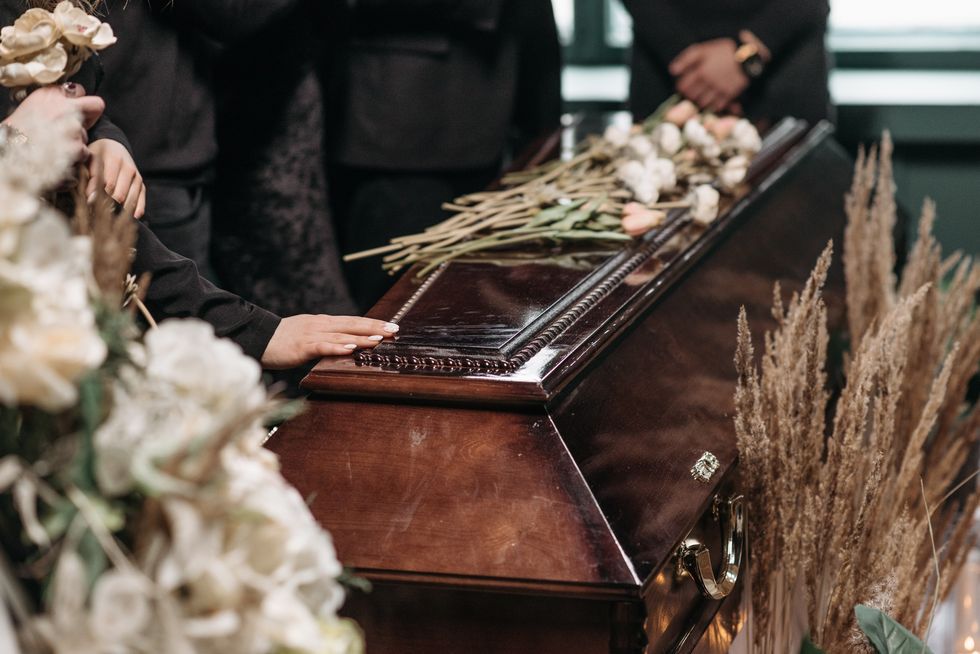
Experts are urging people to make the most of the additional 'residence' nil-rate band
|Pexels
"Most families don't realise that by using 'downsizing relief' the value of a previously owned home can be used to offset IHT. The only catch is that the total value of your estate cannot be more than £2.7million," he told the Telegraph.
"The inheritance tax threshold – technically known as the nil-rate band – has been frozen at £325,000 for years, allowing the Government to rake in record amounts from a tax that was supposed to only catch the rich.
"That makes it all the more important to understand and make the most use of the additional 'residence' nil-rate band, sometimes called the 'family home allowance'. You might be surprised at how helpful it can be."
Everyone is entitled to the main nil-rate band and since 2008, on the first death of a married couple, the unused proportion of any relief can transfer to the survivor.
The same applies for civil partners, except that the first death must have occurred on or after 5 December 2005 - the date the Civil Partnership Act became law in the UK.
Warburton explained: "The basic principle is that, with some limitations, you can now claim an additional £175,000 nil-rate where you pass your home on to your direct descendants at your death.
"This includes your children and grandchildren, including a stepchild or foster child."
As with the nil-rate band, any unused family home allowance during the first death can also transfer to the surviving spouse, known as the “brought forward” allowance.
A transfer of both the nil-rate band and family home allowance must be claimed within a two-year time window.
The family home allowance applies to the entire estate at death and is not relief on the home itself, which reduces the total IHT liability.
The property does not necessarily have to remain as the person's home when they die, but has to have qualified as their home in the past.

A transfer of both the nil-rate band and family home allowance must be claimed within a two-year time window
|PA
Many people across the UK outgrow their homes and downsize while other spend the remainder of their life in a care home.
The rules mean both scenarios could be considered for “downsizing relief” and will apply if the home was owned after 7 July 2015 and was then sold in order to downsize or to move into a care home.
At death, the person must have sufficient assets to pass on to direct descendants, but there is no requirement to demonstrate that these assets are linked directly from the sale of a home.
The key requirements are that a property must have been their home at some point after 7 July 2017 and was sold before they died.
However, there are some limitations including that the relief is restricted where the whole estate exceeds £2m - above that amount the relief reduces at £1 for each £2 of the excess.
Warburton added: "The downsizing rules are complicated but they could play an important part in planning your affairs.
"If you think you might benefit from downsizing relief and the family home allowance and want to find out more about it, you should search for IHTM46000. This will take you to the HMRC manuals which include some helpful examples."







